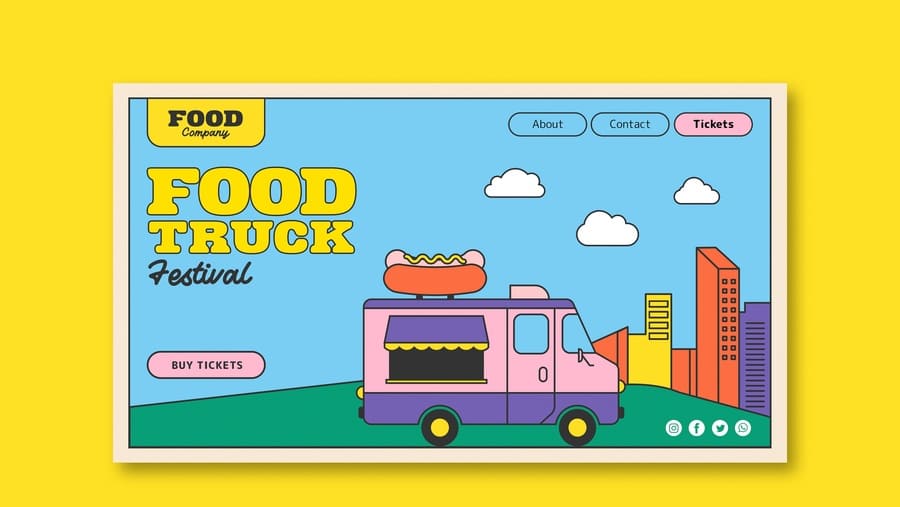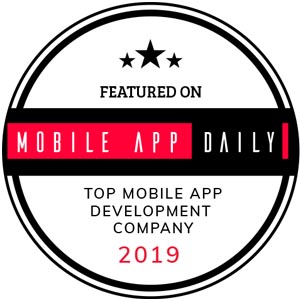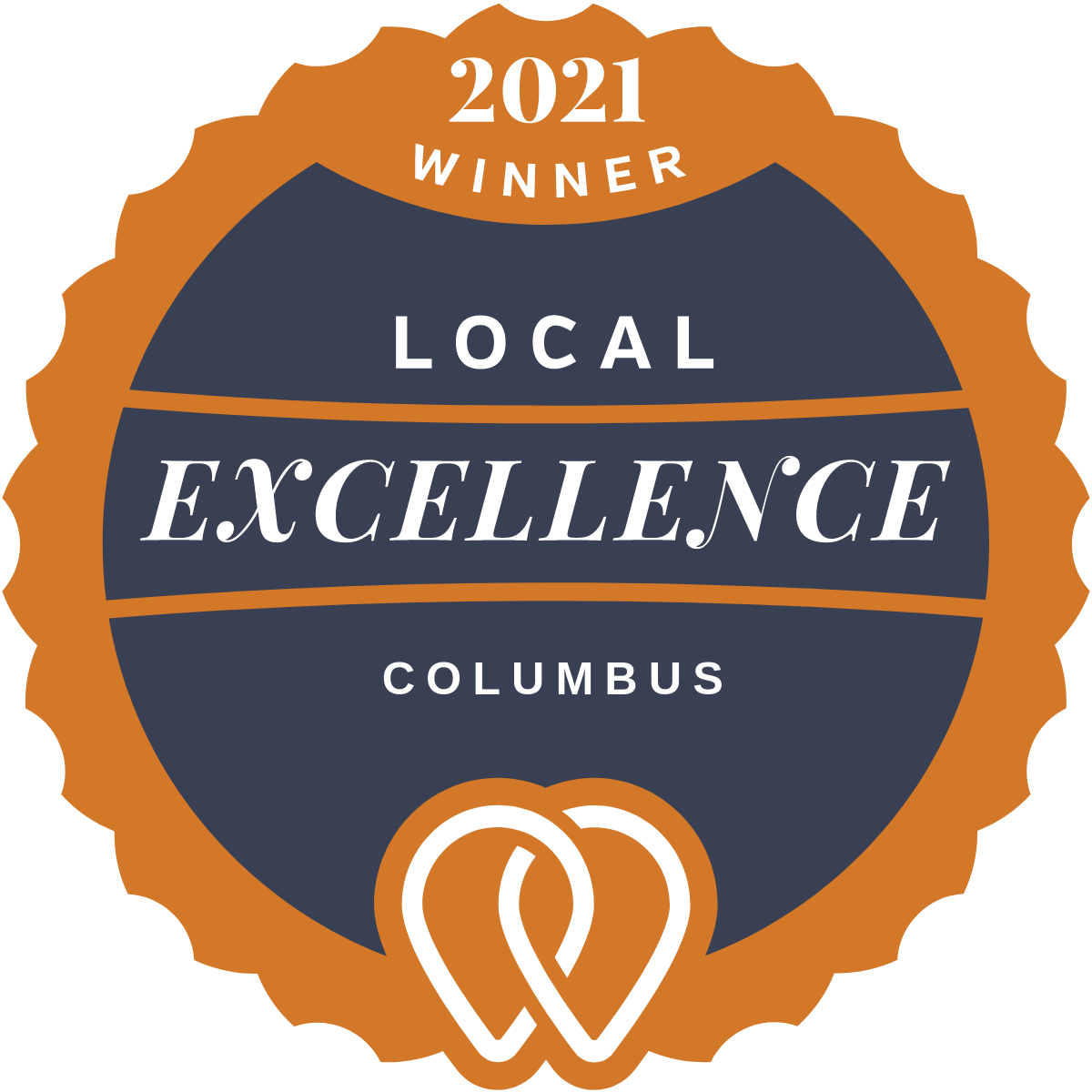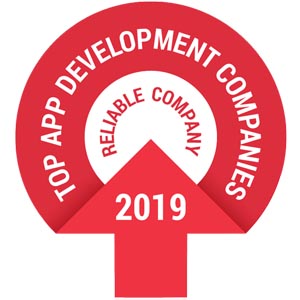You don’t need us to tell you: People love a good food truck! Chefs and other food-focused entrepreneurs recognize that fact and are racing to attract the attention of hungry consumers and earn their business. Consequently, competition is fierce, and a digital presence is no longer a luxury—it’s a necessity.
That means knowing how to make a `ising.” While the quality of your items is essential, relying solely on word-of-mouth or social media mentions is very risky.
People expect to be able to research companies quickly and fully online. They want to learn about the foods and drinks you offer, get some background on your business, etc., without having to bounce around on your social channels or consult other sources to piece together their understanding of you.
So, if you’re wondering why your food truck needs a website (again, beyond just a menu), the reason is that your site can:
- Establish or Reinforce Your Brand Identity: Your website is the digital face of your brand. It’s where you tell your story, showcase your personality, and establish a unique identity that sets you apart from the competition.
- Expand Your Reach: A well-designed food truck website allows you to reach customers beyond your immediate location. You can attract tourists who are doing research before their trips, catch the eye of people planning events, and build a community of food lovers with no geographic boundaries.
- Enhance Customer Engagement: Using blog posts, social media integration, and interactive elements, you can keep your customers engaged and informed. And anything that keeps you top of mind keeps you ahead of the competition.
- Boost Sales: Adding online ordering, catering features, and merchandise sales to your website can significantly increase your revenue streams.
- Provide Real-Time Updates: Being able to communicate changes in location, hours, and menu items quickly to your customers is crucial.
Essential Elements of a Food Truck Website
A successful food truck website is more than just an online brochure. It’s an interactive platform that attracts, engages, and converts visitors into customers. The essential elements of a food truck website include:
- Mobile Responsiveness: The statistics show that most users will access your site on their smartphones. Consequently, it’s crucial to provide a seamless mobile experience. If they struggle to navigate your website on their mobile device, they’ll probably search for other options.
- High-Quality Visuals: Mouthwatering photos and videos of your food, truck, and team are essential. Visuals create an emotional connection and entice visitors to try your offerings.
- Clear and Concise Information: Include locations you visit frequently, your hours, menu, contact information, and social media links prominently.
- Easy Navigation: A user-friendly interface ensures that visitors can easily find what they’re looking for.
- Customer Testimonials and Reviews: Social proof builds trust and credibility. Let website visitors know what people think of your business.
- Interactive Map: Display your location and route in real-time, allowing customers to track your truck.
- Social Media Integration: Seamlessly connect your website with your social media platforms to expand your reach.
Choosing the Right Website Builder
There are several tools available for creating a functional and visually appealing site. Here’s a breakdown to help you with choosing the right website builder:
- Ease of Use: Opt for a platform with a user-friendly interface, especially if you’re not a tech expert. Platforms like Squarespace, Wix, and WordPress (with drag-and-drop plugins) are popular for their simplicity.
- Customization Options: Choose a builder that allows you to customize your site to reflect your brand’s unique personality.
- Mobile Optimization: Ensure the builder offers mobile-responsive templates.
- E-commerce Capabilities: If you plan to offer online ordering or merchandise, select a builder with robust e-commerce features.
- SEO Tools: Search engine optimization is essential for driving traffic to your site. Choose a builder with built-in SEO tools or plugins.
Website-building tools are a great place to start. However, working with web development experts like ours at Split Reef is another great option, as you benefit from our deep expertise and knowledge of best practices while you stay focused on what you do best!
Creating a Mouthwatering Menu Page
Your menu page is the heart of your food truck website. It should be visually appealing, easy to navigate, and accurately reflect your offerings. Here are tips for creating a mouthwatering menu page:
- Use High-Resolution Images: Get professional-quality photos of each menu item.
- Write Detailed Descriptions: Provide clear and enticing descriptions of each dish, highlighting ingredients and flavors.
- Clearly List Pricing and Options: Display prices in an easy-to-understand format and offer options for modifications or customizations.
- Use Helpful Categorization: Organize your menu into categories (e.g., appetizers, main courses, desserts) for easy navigation.
- Include a Downloadable Menu: Offer a PDF version of your menu for offline viewing.
The Benefit of Adding Online Ordering and Catering Features
As noted above, adding online ordering and catering features can significantly boost your sales and streamline your operations. Consider integrating the following:
- Online Ordering: Integrate a platform like ChowNow, Toast, or Square Online to allow customers to place orders directly from your website.
- Catering Request Forms: Provide a simple form for customers to request catering services, including details about their events and preferences.
- Payment Gateways: Integrate secure payment gateways like Stripe or PayPal to facilitate online transactions.
Promoting Your Food Truck Website
Building a website is just the first step. You need to promote it to drive traffic and attract customers. Here are time-tested tactics for promoting your food truck website:
- Social Media Marketing: Share your website link on your social media platforms and create engaging content to drive traffic.
- Email Marketing: Build an email list and send out newsletters with updates, promotions, and special offers.
- Local SEO: Optimize your website for local search to ensure that customers in your area can find you.
- Partnerships: Collaborate with local businesses and influencers to promote your website and food truck.
- QR Codes: Place QR codes on your truck, menus, and marketing materials that link directly to your website.
Maintaining and Updating Your Website
Your website is a living, breathing entity that requires regular maintenance and updates. Maintaining and updating your website is key to keeping it fresh and relevant.
- Regular Content Updates: Add new blog posts, photos, and menu items regularly. Search engines prioritize websites that continually add new content.
- Security Updates: Ensure that your website is secure and up to date with the latest security patches.
- Performance Monitoring: Monitor your website’s performance and make adjustments as needed. Slow loading speeds hurt SEO.
- Customer Feedback: Actively seek and respond to customer feedback to improve your website and services.
Leveraging Trucking Website Design Services
If creating and maintaining a website feels overwhelming, consider partnering with an agency like ours known for our trucking website design services. We can help you create a custom website that aligns with your brand and meets your specific needs. We can also provide ongoing support and maintenance.
Final Thoughts
Knowing how to make a website for a food truck is essential to reaching a broader audience and growing your business. By focusing on the essential elements and leveraging the right tools, you can create a digital presence that attracts and delights customers.
Contact us to get rolling on your food truck website!

Split Reef is a modern, results-driven digital organization always ready to support clients in their search for digital supremacy. With Split Reef, your budget isn’t going to hold you back from partnering with us to make your project successful. Our offices are located in Columbus, Ohio and Jacksonville, Florida.










